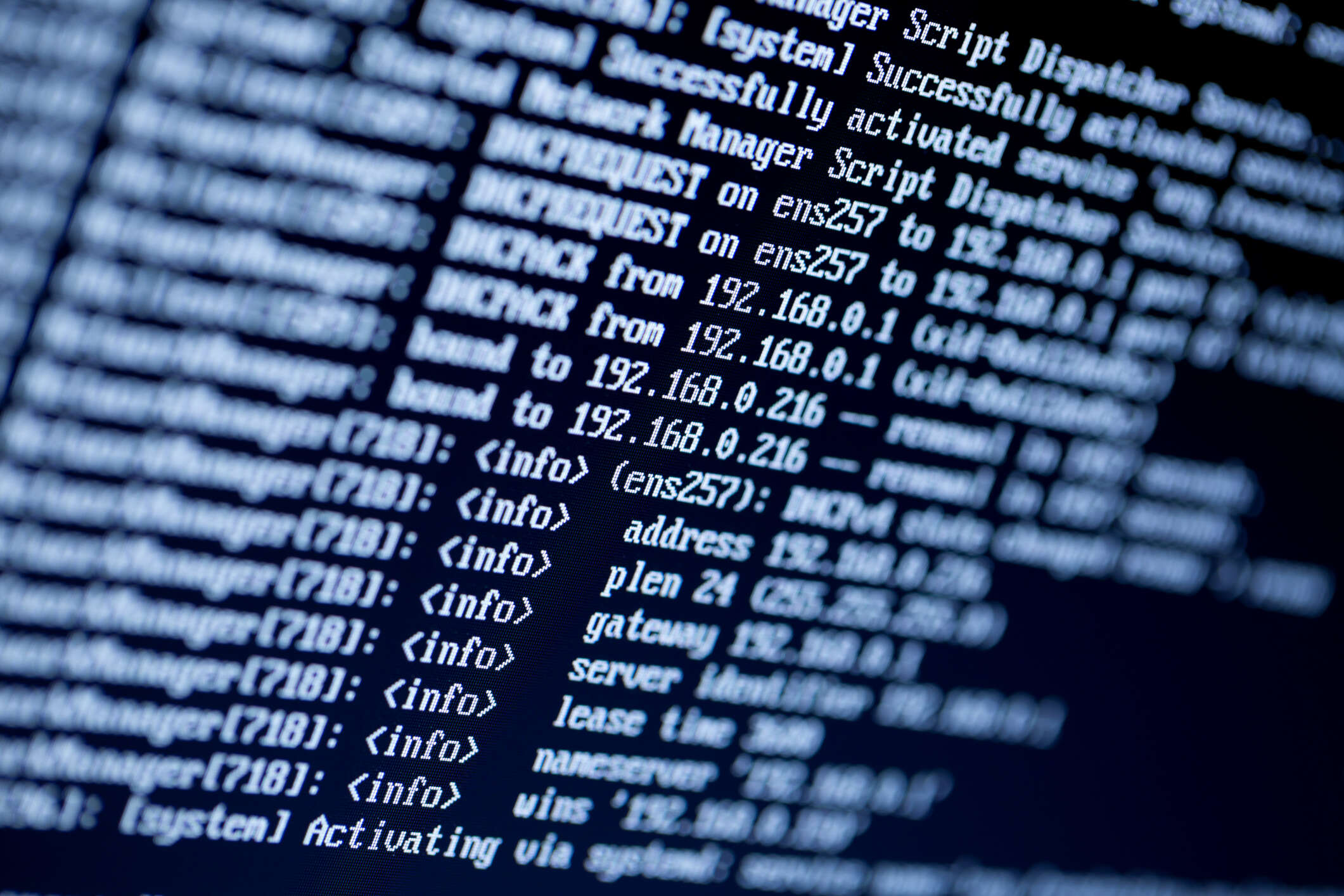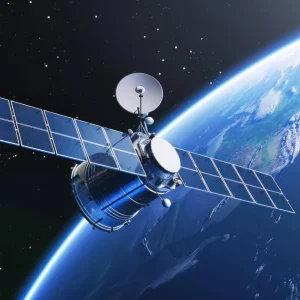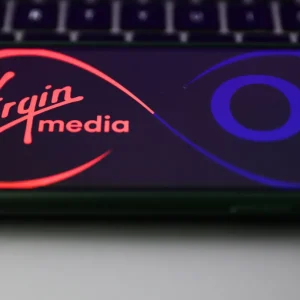
With billions of additional devices predicted to connect to the internet in the next five years, the number of IP addresses based on the IPv4 protocol is fast running out. But data reveals that transition to the IPv6 standard, which allows a far greater number of addresses, has been sluggish so far. This, some warn, endangers cybersecurity investigations and IoT device performance, and more impetus from governments may be needed to accelerate IPv6 adoption.
The case for IPv6 adoption
On the eve of its 40th anniversary, the internet is growing as fast as ever. Not only are new users joining the network all the time – 27,000 every hour, according to one estimate – the number of devices is exploding. Network equipment provider Ericsson has predicted that the number of IoT connections will double between 2021 and 2027 to reach 30 billion.
This growth is placing the IP address system, which allocates an identifier to every connected device, under pressure. The dominant address system, IPv4, allows 4.3 billion possible addresses, but the vast majority of these have already been allocated. According to APNIC, the regional internet registry for the Asia Pacific, the number of free IPv4 addresses has fallen from 248 million to just four million since 2010.
This number is insufficient for the predicted scale of deployments by cloud providers or IoT use cases in smart cities, says Mat Ford, technology program manager at the Internet Society.
Inevitably, as demand outstrips supply, prices go up. The price of a single IPv4 address has risen from $11 in 2015 to $31 at the end of 2021, an increase which might price out smaller start-ups and non-commercial organisations.
This problem was foreseen as far back as 1998, when version 6 of the internet protocol was created. IPv6 allows nearly 340 undecillion unique IP addresses, a number sufficient for even the most optimistic of IoT and mobile device projections.
But despite IPv6's potential, adoption has been slow. The latest data from Google and Facebook shows that a third of their combined traffic currently comes from IPv6 addresses, up from 18% in 2018.
One reason for this is network address translation (NAT), a technical workaround which allows multiple devices to use a single IP address. NAT is often used to connect IoT devices, says Dr Anthony Rowe, an expert in sensor networks from Carnegie Mellon University. While IPv6 might make operations more convenient, Rowe says, it is not necessarily a “deal breaker” for future IoT deployments.
Ford disagrees. “NAT often seems like a quick fix to the lack of address space by sharing addresses across multiple devices,” he says. “But it’s a trade-off, with performance and diagnostics implications from doing that, so it’s not a solution without its own costs.”
One implication of NAT is for devices' battery life. Devices on shared IPv4 addresses need to record and transmit the 'real' IP address it is connected to. Transmitting data is one of the main draws on an IoT device's battery, and a device using a shared IPv4 address can consume much more energy than one on an IPv6 address, says Dr David Holder, a director of IPv6 consultancy Erion.
“This is one of the bizarre effects [of IPv6] that business leaders don’t see because they think it’s just the internet compared with another internet,” he says. “But the effects are actually real.”
Another concern is cybersecurity. Sharing IP addresses makes cyberattacks – including those launched by botnets – harder to trace, says Holder. “With the sharing of addresses in the IPv4 world, it is increasingly difficult to trace back to the source of an attack using the IP address because it is shared."
This was one reason why, in 2017, the Belgian government introduced restrictions on the number of users using a single IPv4 address, capping it at 16 different users while promoting the adoption of IPv6. “They knew if you had a thousand users behind a single IP address, the amount of data you’d have to recall to be able to trace back to the person who did something was impractical to record,” Holder explains.
Government leadership accelerates IPv6 adoption
It is this type of government action that appears to have had the biggest impact on IPv6 adoption. India, for example, has the highest proportion of adoption in the world, with 66% of all internet traffic currently using an IPv6 address. The Indian government has made a concerted effort to promote IPv6 adoption, mandating it for all public sector websites by June this year and for all new consumer internet connections by December.
Belgium has the highest rate of adoption in Europe, with 55%, followed by Germany with 54%. Saudi Arabia's 46% figure reflects the country's Vision 3030 strategy to transition to a technology-led economy, says Ford.
Although IPv6 adoption is “painfully slow, it is incrementally improving," says Ford. A proactive push from more governments could make all the difference, he adds. “We might get to a tipping point like what we saw in Saudi Arabia and India where individual countries have particular incentives, and suddenly increase their IPv6 adoption quickly,” Ford says. “So we might see countries going from 5% to 50% in a matter of a few months.”






